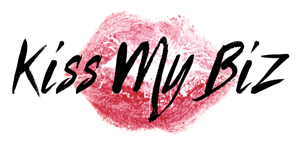Some business owners and freelancers are terrified of the idea that they actually have to sell themselves or their products, because selling can be seen as an aggressive activity. Not everyone has it in them to be aggressive in their sales tactics. It’s a good thing then that soft sell techniques can be just as effective, if not moreso, than hard sell techniques.
Hard Sell – This is the more aggressive form of selling. Think of infomercials and peppy spokespeople on commercials shouting out you enthusiastically about a new product. Hard sell techniques can be very blatant and in-your-face.
Soft Sell – Soft sell techniques are more toned down, less direct, and on the subtle side. The idea is to make a potential buyer see a problem and see your product, service, or company as a solution worth considering without directly saying so.
Let’s look at selling a book as an example:
Hard sell techniques for selling a book might be things like blatant paid advertisements, having the author on a radio interview pitching the book by literally telling them to buy it (and where and how they can do that), etc.
Soft sell techniques for selling that same book might include the author publishing free articles or excerpts that let people have a glimpse at what the book has to offer, and how it may answer a question or solve a problem they have. A lot of publicity tactics can also be looked at as soft sell techniques, such as press releases which help to raise awareness about the book and the author, as well as the book’s purpose and how it might benefit future buyers.
Some people find hard sell techniques to be obnoxious, but in some markets they’re extremely effective. In some industries too much soft selling might not get the desired results, and in others it can lead to huge sales volumes. The key is in knowing your target market and what kinds of messages and outlets are most likely to appeal to them (and of course knowing your own selling abilities and preferences).
